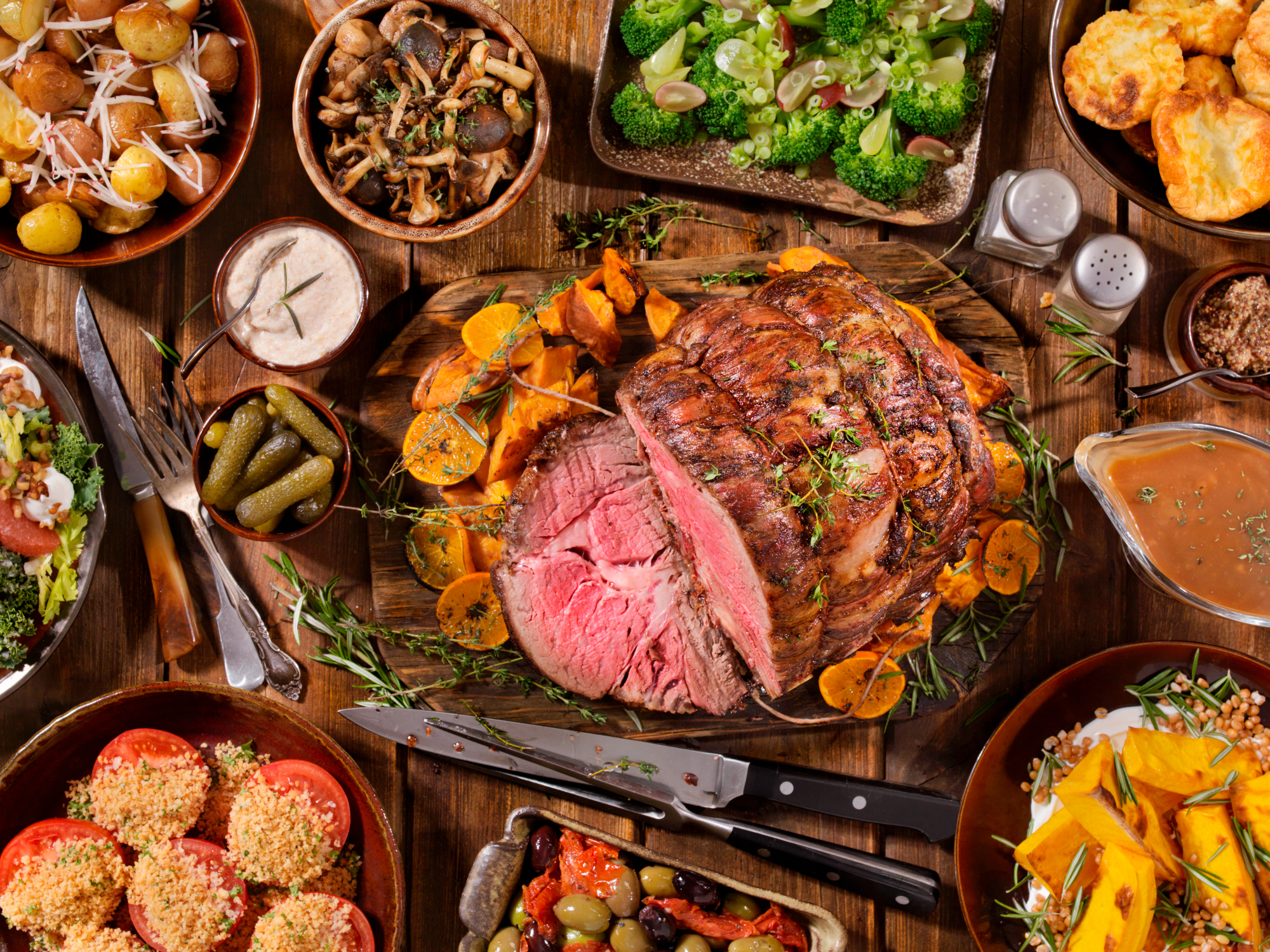Coping with diabetes during the holidays

Staying healthy can be a challenge during the holiday season, and it can be especially difficult for those with diabetes.
There is often an emphasis on food during the holidays, which may lead to overeating and blood sugar spikes. You should feel free to enjoy the foods you love without compromising your blood sugar goals.
Here are some tips to help manage diabetes over the holidays.
1. Monitor blood sugar levels often
Holiday foods can be high in calories and carbohydrates, which can lead to increases in blood sugar. Remember to check glucose levels regularly to avoid complications.
Check out the carbohydrates in an average serving of common holiday menu items below (according to the USDA):
Turkey: 0g carbs
Stuffing (1/2 cup): 22g carbs
Sweet potato casserole (1/2 cup): 37g carbs
Mashed potato (1/2 cup): 15g carbs
Dinner roll: 13g carbs
Canned cranberry sauce (1/4 cup): 22g carbs
Slice of pumpkin pie: 46g carbs
Slice of pecan pie: 64g carbs
Slice of apple pie: 40g carbs
Try making some simple swaps to create fulfilling classic holiday meals that will help prevent blood sugar spikes.
• Try adding cauliflower to your mashed potatoes recipe and swap out whole milk for fat-free buttermilk.
• Try using extra virgin olive oil instead of butter in your stuffing recipe. Choose low-sodium chicken or vegetable stock to keep the sodium down.
• Swap out the traditional sweet potato casserole for simple and delicious roasted sweet potatoes.
• Taste dishes before adding salt. Try reducing the amount of butter in recipes and tasting as you go.
• Instead of baking with granulated sugar, try an alternative like a stevia baking blend to reduce the amount of added sugar without losing sweetness.
2. Don’t skip meals
Avoid skipping meals to “save up room” for a big dinner. Try to eat close to your usual mealtimes to prevent a low blood sugar reaction. Speak with your provider if you anticipate changes in your mealtimes. Try to keep mealtimes to a 30-minute timeframe to avoid grazing, which can lead to extended blood sugar rises.
3. Get active
Exercise can help control blood sugar spikes. Try going for a walk with family and friends after your meal. If you are not regularly physically active, try beginning with a 10- or 15-minute walk and consult with your provider on starting a safe exercise routine.
4. Remember the diabetes plate method
Be mindful of what dishes you are choosing. Try to choose items that you cannot have any other day.
Consider opting for a small slice of pie over a roll that you could have any day. Remember the diabetes plate method and aim to fill:
- Half of your plate with vegetables
- 1/4 with protein (ham, turkey, fish, etc.)
- 1/4 with grains or starches, like stuffing and sweet potatoes
5. Eat sensible portions
Portion control is important during the holidays, especially because dishes are often carbohydrate rich. Eating smaller portions can allow you to sample your favorite dishes while maintaining a total carbohydrate count similar to an ordinary day.
6. Take time for yourself
The holidays can bring a lot of stress. It is important to take time for yourself and recognize how you are feeling.
Dealing with diabetes and its daily demands may increase your stress during the holiday season. If you are feeling overwhelmed with managing your diabetes during the holiday season, talk with your healthcare provider about your concerns.
Also: give yourself permission to enjoy your meal without feeling guilty; one day will not set back progress with your diabetes management.




